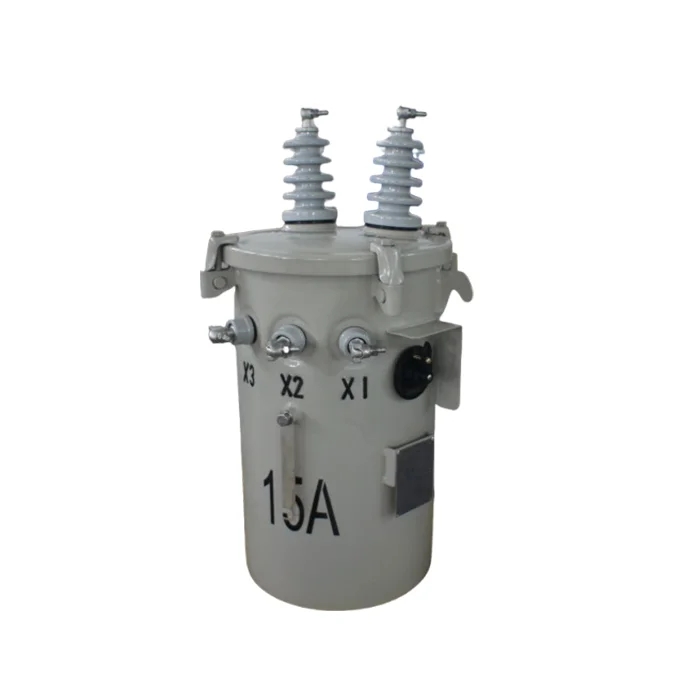Did you know that hydrogen can power your home and vehicle? An electrolysis hydrogen generator makes this possible. It splits water into hydrogen and oxygen, creating clean energy on-demand. This technology is gaining traction as a sustainable solution for energy needs.
With rising energy costs and environmental concerns, more people are turning to electrolysis hydrogen generators. They offer an efficient way to produce fuel without harmful emissions. This blog post explores how these generators work, their benefits, and why they’re becoming essential in the renewable energy landscape. Discover how you can harness the power of hydrogen for a greener future.
Key Takeaways
-
Electrolysis is a clean method to produce hydrogen, making it a key player in renewable energy solutions.
-
Understanding how electrolysis works can help you appreciate its potential for sustainable hydrogen production.
-
Different types of electrolyzers are available; choosing the right one depends on your specific needs and energy sources.
-
The benefits of using electrolysis include reduced carbon emissions and the ability to store renewable energy.
-
Stay informed about current research and innovations in electrolysis to find new opportunities for efficiency and effectiveness.
-
Addressing challenges in electrolysis, such as cost and energy consumption, is crucial for making this technology more accessible.
Understanding Hydrogen Production
Definition
Hydrogen production refers to the process of creating hydrogen gas. It plays a crucial role in the energy landscape. Hydrogen is a clean fuel. It can power vehicles and generate electricity. Its significance grows as the world seeks to reduce greenhouse gas emissions.
Methods of Production
Various methods exist for hydrogen production. Traditional methods include steam methane reforming (SMR) and coal gasification. SMR uses natural gas to produce hydrogen. This method releases carbon dioxide, contributing to greenhouse gases.
Renewable sources offer cleaner alternatives. Electrolysis is one key method. It uses electricity to split water into hydrogen and oxygen. If renewable energy powers this process, it produces green hydrogen. Other methods include biomass gasification and photoelectrochemical water splitting.
Role of Electrolysis
Electrolysis stands out as a clean and sustainable method for generating hydrogen. The process requires water and an electric current. This current separates water molecules into hydrogen and oxygen. The only byproduct is oxygen, making it environmentally friendly.
Electrolysis can utilize renewable energy sources like wind or solar power. This connection enhances its sustainability. As more countries invest in renewable energy, electrolysis becomes increasingly viable.
The efficiency of electrolysis has improved over time. Modern electrolyzers can achieve efficiencies above 70%. Research continues to enhance these systems further. Lowering costs will help expand hydrogen production from electrolysis.
Using electrolysis for hydrogen production aligns with global goals. Countries aim to reduce reliance on fossil fuels. Many nations are setting targets for hydrogen use in various sectors, including transportation and industry.
In summary, understanding hydrogen production is essential for transitioning to a cleaner energy future. Various methods exist, but electrolysis offers a promising path forward. Its ability to produce hydrogen without harmful emissions makes it a valuable tool in combating climate change.
How Electrolysis Works
Fundamental Process
Electrolysis involves a chemical reaction that splits water into hydrogen and oxygen. This process occurs when an electric current passes through water. The water molecules, made of two hydrogen atoms and one oxygen atom, break apart during this reaction.
The equation for the electrolysis of water is:
2 H₂O → 2 H₂ + O₂
This shows that two molecules of water produce two molecules of hydrogen gas and one molecule of oxygen gas.
Components of an Electrolyzer
An electrolyzer is the device that performs electrolysis. It consists of three main components: the anode, cathode, and electrolyte.
The anode is the positive electrode where oxidation occurs. Here, water loses electrons and forms oxygen gas.
The cathode is the negative electrode where reduction happens. At this site, hydrogen ions gain electrons to form hydrogen gas.
The electrolyte is a medium that allows ions to move between the anode and cathode. It can be a liquid or solid substance that conducts electricity.
Flow of Electrons and Ions
During electrolysis, electrons flow from the anode to the cathode through an external circuit. This flow creates a current that drives the chemical reaction.
At the anode, water molecules lose electrons in an oxidation reaction. They release oxygen gas as a byproduct. Meanwhile, at the cathode, hydrogen ions from the water gain electrons in a reduction reaction. This process produces hydrogen gas.
Ions also play a crucial role in this process. Positively charged hydrogen ions move towards the cathode while negatively charged hydroxide ions move towards the anode. This movement helps maintain electrical neutrality within the electrolyzer.
Importance of Electrolysis Reaction
The electrolysis reaction is significant for producing clean hydrogen fuel. Hydrogen generated through this method can be used in fuel cells or as a clean energy source.
This process offers many advantages over traditional methods of hydrogen production. It does not emit harmful greenhouse gases when powered by renewable energy sources.
Electrolysis represents a key technology in transitioning to sustainable energy solutions. By harnessing electricity from wind or solar power, we can create hydrogen without contributing to climate change.
https://www.jiangsuyuli.com/Gas
Jiangsu Yuli Energy saving Technology Co., Ltd.


